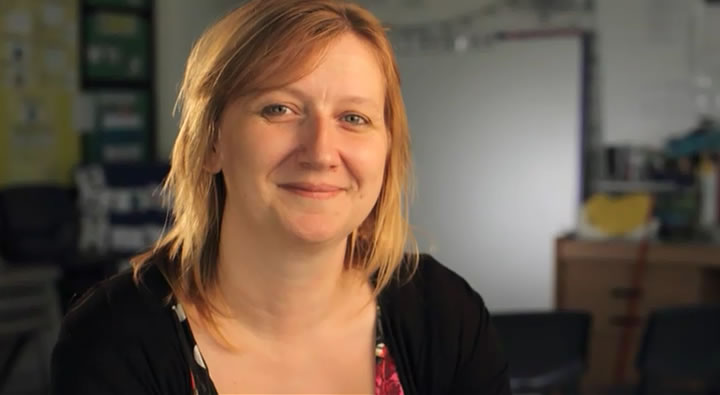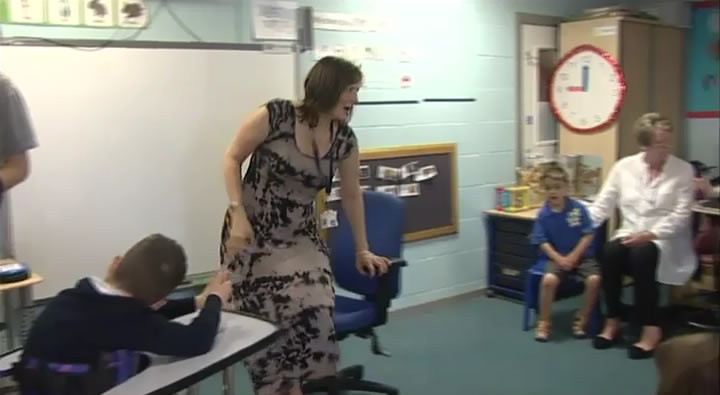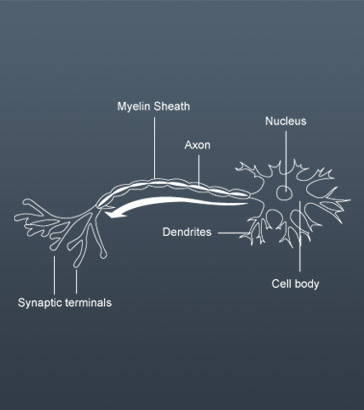
Over the first few years of life, the brain grows rapidly. As each neuron matures, it sends out multiple branches (axons, which send information out, and dendrites, which take in information), increasing the number of synaptic contacts and laying the specific connections from neuron to neuron. By the time an infant is two or three years old, the number of synapses is approximately 15,000 synapses per neuron (Gopnick et al, 1999). The number of synapses in the cerebral cortex (cerebrum) declines by about one third between early childhood and adolescence.

The process of synaptic pruning which occurs throughout brain development is intrinsic to understanding the brain's plasticity and its learning function. The brain is 'activity dependent'. Every experience, whether it is seeing a face, reading a word, sharing a joke, excites certain neural circuits and leaves others inactive. The neurons constantly make new connections. Those that are consistently turned on over time will be strengthened. Neurons whose synaptic contacts become weak through lack of use or firing eventually become damaged and die. Ineffective or weak connections are 'pruned'.
Pruning streamlines a child's neural processing, making the remaining circuits work more quickly and efficiently. Without synaptic pruning children would not be able to walk, talk or see properly. Pruning is essential for learning.
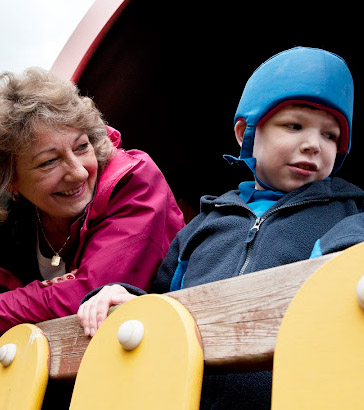
Neuroscientists are often quoted as saying 'cells that fire together, wire together'. The strengthening of connections between cells over time leads to the creation of thick, hardy pathways that link different parts of the brain. Also, stimulating one neuron in the sequence is more likely to trigger the next one to fire. Neurologist and educator Judy Willis (2006) states 'practice makes permanent. The more times the network is stimulated the stronger and more efficient it becomes.'
Listen to Nigel Carter from MOVE talking about teaching children with severe physical disabilities and an approach to working with physical function which serves to re-pathway the brain for general cognition and learning.

It follows that teachers, parents and carers can find it helpful to think of teaching as strengthening neural connections that already exist. Good teaching leads to thick, strong and efficient neural pathways in the brain. A strong neural pathway is more likely to be used and learning will be observed.
In practice this means using observation skills to catch behaviours or learning that may happen spontaneously and then supporting these behaviours. Teachers look to reinforce early communication skills aiming for repetition and learning of these skills. Or this can happen at a social level aiming to 'catch children being good'. Noticing and supporting these 'good' behaviours can make them more likely to reoccur. This type of teaching and learning changes the brain by strengthening some neural network pathways at the expense of other pathways which may wither.
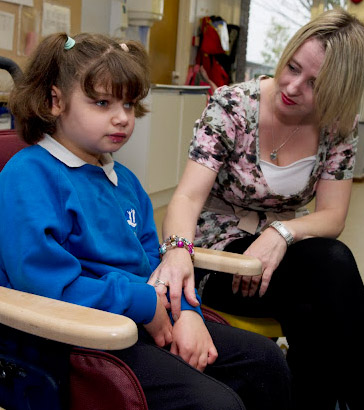
Teachers also need to watch out for potential pitfalls. The first of these is the accidental strengthening of unwanted pathways and learning already in place. Habits (behaviours or thought patterns) can sometimes form and repetition strengthens these neural pathways. As other modules discuss, changing children's habitual behaviour is possible and at a neural level it is hoped that some pathways become less permanent through lack of practice. Teaching can have a conscious aim of strengthening positive neural connections and pathways and not to strengthen unhelpful pathways.
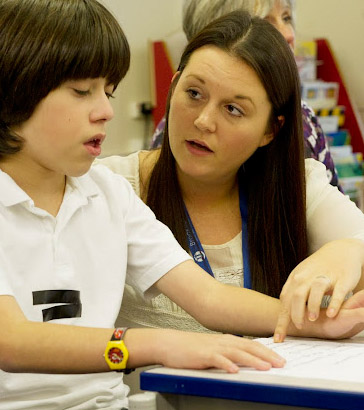
The concept of 'overlearning' in education fits well with how we now understand learning inside the brain. Overlearning involves regular repetition (practice) of a physical or mental skill. Repetition is often more effective if it is ten minutes each day rather than an hour for one day each week. Practicing the skill reinforces and strengthens the neural connections and pathways making it more likely that the skill will be maintained and learnt. This also has implications for how therapeutic intervention is delivered. Ideally children should receive some forms of therapy in regular short bursts rather than in weekly blocks.
Listen to headteacher Heather Davies discussing the importance of understanding child development when working with children with severe physical disabilities, including an appreciation of neurological development. Where early reflexes may still be in existence they can be misinterpreted as intentional communication and accidentally reinforced.
In considering the strengthening of neuronal pathways the implication is that teachers consider and respond to the readiness, or receptivity of a child, building on what they know already and the style of learning to which they respond.
Where young children or children with disabilities do not have the language to communicate directly, there is the risk of over stimulation. Over stimulation causes an emotional response on a physiological level, activating the amygdala which triggers the brain to go into a 'fight or flight' mode. A research study (Roozendaal 2002) found that this has an enormous impact on learning. The stress response physically prevents information from reaching the centres of the brain necessary for absorbing new knowledge.
Stressed brains are not able to form the necessary neural connections. Continuing over-stimulation results in dying off of important neural connections, because existing ones need to be continually reinforced to survive and grow.

The brains of children who have been brought up in stressful and/ or abusive environments (in the womb or in their early years) are extremely vulnerable.
Early stressors may impact the development of necessary brain connections. Toxic stress can alter or impair brain circuit formation and essentially result in a smaller brain size in young children.
Due to the neuroplasticity of the brain it is still possible to develop new neural connections given a change in environment. As this learning happens at a biological and neuron level it takes time, over months and years. Where a particular area of learning, eg language learning, relies on particular experiences and opportunities at a specific window of development these skills are much more difficult to learn later (Gopnick, 2001).
- Using daily rituals, which could involve music, poetry, singing or playing a game;
- Giving students frequent opportunities to ask questions and engage in discussions without judgement, encouraging participation rather than perfection;
- Determining achievable challenges for each learner;
- Practicing 'active listening'. Willis states 'listen to what students are trying to say' (Willis, 2006) Listening to students in general and listening to their intentions in particular can help relax anxious brains.
Mindfulness meditation techniques are thought to be helpful for teachers when supporting students with managing the personal effects of stress (Centre for Mindfulness Research and Practice).
In terms of application to working with children with severe learning and/or physical disabilities watch the video clip of Clare Chalaye, head of primary, and see how she has integrated routines of singing into learning material for her children.

Gopnick A., Meltzoff, A, Kuhl, P., (1999) How Babies Think, Pheonix
Gopnick, A., Sobel, D., Schulz, L., and Glymour, C., (2001) Causal Learning mechanisms in very young children: Two, three and four year olds infer causal relations from patterns of variation and covariation. Developmental Psychology, 37, 5, 620-629.

Roozendaal, B. (2002) Stress and Memory; Opposing Effects of Glucocorticoids on Memory Consolidation and Memory Retrieval, Journal of Neurobiology of Learning and Memory, 78, (3), 578-595.
Willis, J. (2006) Research-Based Strategies to ignite Student Learning. Insights from a Neurologist/Classroom Teacher, ASCD.

